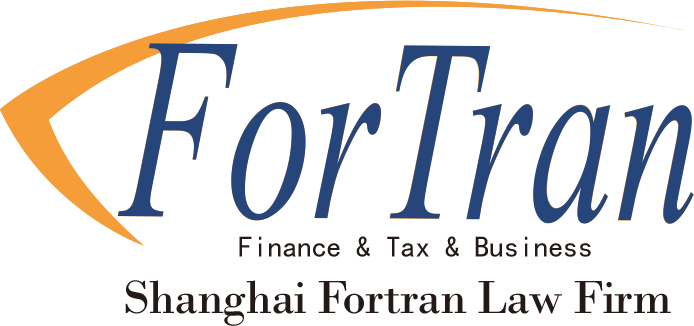This article examines the legislative path and judicial application of double derivative actions in China, highlighting key rules, case developments, and practical limits.
Authored by: Cassie Chen
China's Company Law introduced the derivative action mechanism in its 2005 revision. After more than a decade of judicial practice, the 2023 amendment formally incorporated the concept of double derivative actions under Article 189(4), marking a new era in corporate governance litigation. This institutional development is both a response to practical commercial needs and the crystallization of judicial experience. By breaking through the traditional tiered constraints of corporate litigation, the double derivative action establishes a mechanism for piercing relief in parent-subsidiary structures, offering a novel remedy for modern corporate groups.
I. From Concept to Codification: The Legislative Path of Double Derivative Actions in China
Originating in 19th-century Anglo-American common law, the derivative action was designed to empower qualified shareholders to enforce corporate rights when internal governance mechanisms fail—particularly against directors, supervisors, or senior executives. Although China first codified shareholder derivative actions in the 2005 Company Law, the statute remained silent on their applicability in multi-tiered corporate structures.
In 2016, Article 31 of the Draft Provisions IV of the Supreme People's Court on the Application of the Company Law attempted to extend the derivative action to wholly owned subsidiaries. Article 35(2) of the draft explicitly stated that a shareholder could seek redress on behalf of a wholly owned subsidiary but not the parent company. However, due to concerns over exceeding the interpretative authority granted to judicial interpretations, this provision was ultimately omitted from the final version.
A true breakthrough came with the 2023 Company Law revision. Article 189 now provides that shareholders of a parent company may, upon satisfying statutory requirements such as shareholding duration and pre-suit demand, initiate a derivative action on behalf of a wholly owned subsidiary to pursue liability for harm to the subsidiary's interests.
II. Judicial Practice and Interpretive Approaches Prior to Legislative Recognition
Prior to the codification of double derivative actions, most courts denied standing to parent company shareholders. Nevertheless, a few exceptional rulings—such as those by the Shaanxi High People's Court—permitted such claims under equitable considerations. Now that the 2023 Company Law has formally recognized this mechanism, it provides a clear statutory basis for such actions, and more cases are expected to follow.
Two appellate rulings by the Shaanxi High People's Court demonstrate a rare but notable departure from the prevailing judicial position at the time:
1. HNA Hotel Holding Co., Ltd. v. Zhao Xiaohai et al., [(2016) Shaanxi Min Zhong No. 228]:
The court held that Zhao, a 40% shareholder of the parent company HNA Investment, had standing to file a claim on behalf of the wholly owned subsidiary (Huangcheng Hotel Co.) after the parent failed to act. The court reasoned that denying Zhao’s standing would frustrate the legislative purpose of Article 151 and leave the subsidiary’s interests unprotected.
2. Wang Yongfan et al. v. Zhao Xiaohai et al., [(2016) Shaanxi Min Zhong No. 255]:
The court affirmed that a parent company shareholder may file suit under Article 151 of the Company Law to recover losses suffered by a wholly owned subsidiary.
III. Key Issues in the Application of Double Derivative Actions
Double derivative actions build upon the foundation of traditional derivative suits but are tailored to address the specific context of group company structures. Several critical issues merit attention:
1. Timing of Shareholder Qualification
According to Paragraph 24 of the Ninth Civil Minutes, a plaintiff’s shareholder status must be assessed at the time of filing, not at the time of the alleged misconduct. Accordingly, even if the shareholder acquired their interest in the parent company after the harm to the subsidiary occurred—e.g., through share transfer or capital injection—they retain the right to bring a double derivative action.
2. Loss of Shareholder Status Before Judgment
If a shareholder loses their qualification during litigation—after filing but before judgment—the suit generally becomes moot. Because derivative claims are predicated on the plaintiff’s shareholder status, continued litigation would no longer serve a legitimate interest. The Supreme People's Court adopted this position in (2019) Supreme Court Min Shen No. 4358, affirming that loss of shareholder status prior to judgment warrants dismissal of the case.
3. Limitation to Wholly Owned Subsidiaries
Under Article 189, double derivative actions are limited to wholly owned subsidiaries. Shareholders of the parent company do not have standing to bring such suits if the subsidiary is majority-owned or controlled. This structural requirement aims to confine the remedy to circumstances of absolute alignment of interest between the parent and the subsidiary.
4. Judicial Confirmation of Settlements
In accordance with Paragraph 27 of the Ninth Civil Minutes, courts must ensure that any settlement in a derivative action reflects the will of the corporation—the true beneficiary. Courts may only recognize such settlements if approved by the company's internal governance bodies (e.g., board of directors or shareholders' meeting), with the governing body determined by the company's charter. This same rule applies to double derivative suits, given that the ultimate beneficiary is the subsidiary.
IV. Conclusion and Legislative Outlook
The legal rationale behind double derivative actions lies in the chain of economic interest transmission—harm to a subsidiary affects the value of the parent, which in turn damages the shareholder's investment. In the absence of effective internal remedies within corporate groups, double derivative actions provide a statutory channel for shareholders to supervise and safeguard the interests of wholly owned subsidiaries.
However, the current statutory framework strictly limits applicability to wholly owned subsidiaries and does not address the possibility of derivative claims on behalf of grand-subsidiaries (i.e., second-tier subsidiaries). This has created a systemic loophole: subsidiaries may establish further layers of corporate entities to isolate risks, thereby allowing wrongdoers to leverage the multilayer structure to circumvent accountability. Future legislative refinement is needed to construct a systematic liability framework for corporate groups, particularly by clarifying the scope of derivative standing across multi-layered ownership structures.



